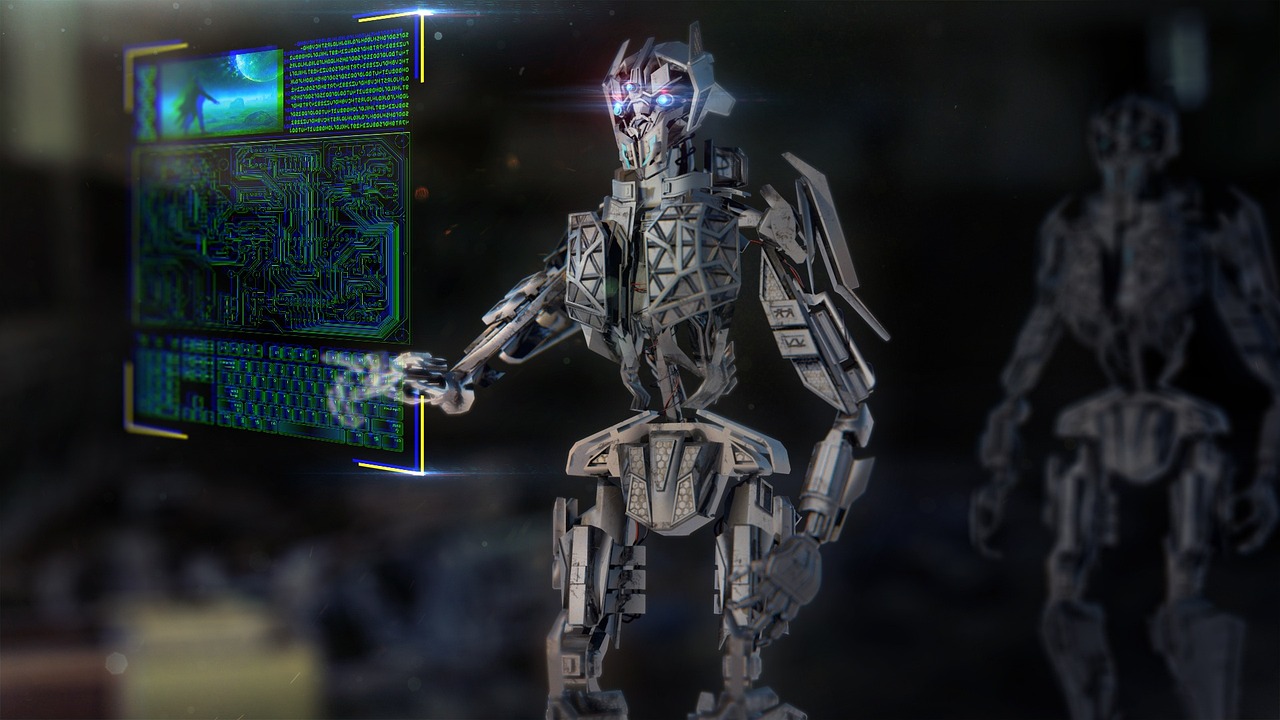Introduction: AI – The Cybersecurity Game Changer
Cybercriminals are getting smarter, but AI is fighting back harder than ever. In 2025, artificial intelligence has become the first line of defense against evolving digital threats. From detecting sophisticated phishing attempts to neutralizing never-before-seen malware, AI-powered security systems are transforming how we protect our data AI is fighting cyber threats.
This comprehensive guide explores:
✅ How AI detects and neutralizes different cyber threats
✅ Real-world examples of AI stopping attacks in progress
✅ The best AI-powered cybersecurity tools available today
✅ Future trends in AI-driven threat prevention
Why Traditional Security Can’t Keep Up
The Limitations of Rule-Based Systems
Traditional cybersecurity relies on:
- Known threat databases (ineffective against new attacks)
- Manual monitoring (too slow for modern threats)
- Signature-based detection (easily bypassed by polymorphic malware)
How AI Changes the Game
Modern AI security solutions offer:
🔍 Behavioral analysis (spots anomalies human analysts miss)
⚡ Real-time response (reacts in milliseconds)
📈 Continuous learning (improves with each attack)
Stat: AI reduces threat detection time by 93% compared to traditional methods (Capgemini).
How AI is Fighting Different Cyber Threats
1. AI vs Phishing Attacks
The Threat: 36% of data breaches start with phishing (Verizon)
AI Defense:
- Natural Language Processing (NLP) analyzes email content for scam patterns
- Computer vision detects fake login pages
- Sender behavior analysis flags suspicious communication
Case Study: Google’s AI blocks 100 million phishing emails daily using TensorFlow algorithms.
2. AI vs Malware & Ransomware
The Threat: A new malware sample emerges every 4.2 seconds (AV-TEST)
AI Defense:
- Sandbox analysis detects malicious behavior in isolated environments
- Heuristic analysis identifies never-before-seen malware variants
- Automated containment isolates infected systems
Example: CylancePROTECT uses AI to prevent zero-day attacks with 99% accuracy.
3. AI vs DDoS Attacks
The Threat: DDoS attacks grew 74% in 2023 (Cloudflare)
AI Defense:
- Traffic pattern recognition distinguishes legitimate users from bots
- Predictive scaling automatically provisions extra bandwidth
- Source tracing identifies and blocks attack origins
Stat: AWS Shield uses AI to mitigate multi-terabit DDoS attacks automatically.
4. AI vs Insider AI is fighting cyber threats
The Threat: 34% of breaches involve internal actors (IBM)
AI Defense:
- User Behavior Analytics (UBA) detects abnormal activity patterns
- Data loss prevention AI monitors sensitive file movements
- Privilege escalation monitoring flags unusual access requests
Case Study: Microsoft’s AI detected a $10M insider trading scheme by analyzing employee data access patterns.

5. AI vs Advanced Persistent Threats (APTs)
The Threat: State-sponsored hackers using sophisticated, long-term attacks
AI Defense:
- Network traffic analysis spots command-and-control communications
- Threat hunting AI correlates disparate security events
- Predictive intelligence anticipates attacker next moves
Example: Darktrace’s AI detected a 6-month-long APT campaign that human analysts had missed.
The Best AI-Powered Cybersecurity Tools
| Tool | Specialization | Key AI Feature |
|---|---|---|
| Darktrace | Network Defense | Self-learning AI |
| CrowdStrike | Endpoint Protection | Behavioral analysis |
| Palo Alto Cortex | Cloud Security | Predictive threat scoring |
| IBM QRadar | SIEM | Cognitive reasoning |
| Vectra AI | Threat Detection | Attack signal intelligence |
Challenges in AI Cybersecurity
1. Adversarial AI Attacks
Hackers are now using AI to:
- Generate polymorphic malware that evades detection
- Create hyper-realistic deepfake phishing
- Test attack methods against AI defenses
2. False Positives
Over-aggressive AI may:
- Block legitimate traffic
- Flag normal behavior as suspicious
- Create alert fatigue for security teams
3. Ethical Considerations
Key debates include:
- Privacy vs protection in employee monitoring
- Autonomous response without human oversight
- AI weaponization concerns
The Future of AI in Cybersecurity
2025 Predictions:
🔮 AI security assistants will handle 40% of SOC tasks
🔮 Quantum AI will break current encryption while creating unhackable new methods
🔮 Autonomous threat hunting will reduce breach discovery time to minutes
Stat: The AI cybersecurity market will reach $46.3 billion by 2027 (MarketsandMarkets).
Conclusion: AI is the Future of Cyber Defense
As cyber threats grow more sophisticated, AI-powered security isn’t just helpful – it’s essential. Organizations using AI cybersecurity tools experience:
✔ Faster threat detection
✔ Reduced breach impact
✔ Lower security costs
The question isn’t whether to adopt AI security – it’s how quickly you can implement it.
